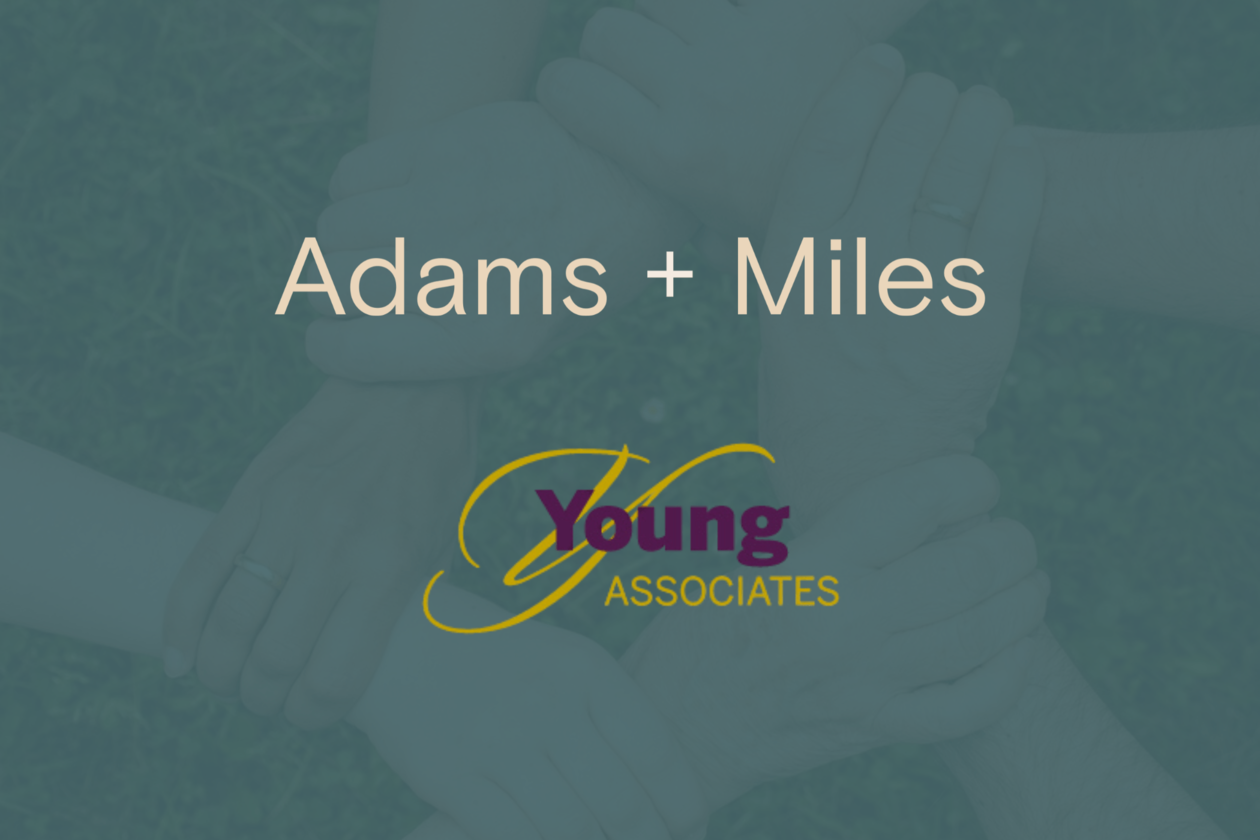The tabling last year of proposed capital gains inclusion rate changes was controversial. The measure’s continued implementation is proving even more contentious.
Last week the Canada Revenue Agency confirmed that it would, indeed, continue implementing the increase to the capital gains inclusion rate—to two-thirds from one half on all capital gains earned by corporations and most trusts, and on individual capital gains exceeding $250,000 per year. The CRA says that updated forms will be made available by January 30th, 2025, enabling affected taxpayers to file accordingly.
The implementation news came after Parliament was prorogued, effectively terminating all pending legislation, including several consequential tax amendments. While it is long-established CRA practice to administer proposed tax measures before they receive royal assent—in particular, when the changes are introduced in a Notice of Ways and Means Motion, as with the capital gains inclusion rate increase—the recent decision by the federal government to request a prorogation of Parliament, coupled with political uncertainty, complicates matters.
There is a very strong chance that when Parliament resumes on March 24th, 2025, the Liberal government (which at that point will have a new leader after Prime Minister Justin Trudeau announced his intention to step down) could fall on a motion of non-confidence. If it does, an election would be called for some time in spring and the capital gains measure would need to be revived with brand new legislation if the Liberals were to return to power or by the next government if it wished to revive the measure. The more likely scenario is that it would be scrapped if the Conservatives, under Pierre Poilievre, form the next government.
Affected taxpayers now face a conundrum: follow the current law and pay capital gains using the one-half inclusion rate (and face the risk of late-filing interest and penalties if the measure eventually receives royal assent) or follow the CRA’s guidance and file using the proposed two-thirds inclusion rate (and risk the administrative headache of re-filing their tax return to seek a refund if the proposed increase is reversed). As many economists and business sector stakeholders call for a retroactive delay in the measure’s implementation, the Adams + Miles tax team will provide updates if or when the CRA provides any further guidance on the matter.
In the meantime, as noted in a recent CRA communique, several tax measures for business are taking effect in 2025. They include:
Bare trust reporting rules—Bare trusts reporting for the 2024 tax year will not be required to file a T3 Income Tax and Information Return and Schedule 15 (Beneficial Ownership Information of a Trust), unless the CRA directly requests a return filing by the trust. Trust reporting requirements for bare trusts were also exempted for the 2023 tax year. As the CRA notes, “The new trust reporting requirements still apply to other affected trusts with taxation years ending after December 30, 2023. These affected trusts are required to file a T3 return, including Schedule 15, unless specific conditions are met.”
T4/T4A Reporting—Some employers will be provided reporting relief for the 2024 tax year as it pertains to the Canadian Dental Care Plan. Employers that do not offer dental insurance or coverage will not be required to fill out the relevant box on T4/T4A forms when code 1 is applicable (assuming they have made reasonable efforts to comply with reporting requirements).
Canada Pension Plan maximum pensionable earnings and contributions—CPP maximum pensionable earnings and contributions will change to the following in 2025:
- The Year’s Maximum Pensionable Earnings for 2025 will be $71,300.00
- The Year’s Additional Maximum Pensionable Earnings (YAMPE) for 2025 and each year after will be 14 per cent above the Year’s Maximum Pensionable Earnings; the YAMPE for 2025 will be $81,200.00
Short-term rental changes—To claim deductions, short-term rentals must now comply with municipal/provincial short-term rental laws in the area where the rental property is located. The new rule applies to short-term rentals owned both by corporations and individuals.
Electronic information return filing—Several changes to how information returns are filed take effect in January 2025. Taxpayers should take note of the following:
- Some fields have been added, removed or updated on the T619 form
- Submissions will now be restricted to a single information return type, meaning that multiple return types will no longer be accepted. Visit the CRA webpage for additional details
- The CRA will provide new online validations informing businesses of any discrepancies before a submission filing is made
Electronic correspondence—The CRA is making ‘online mail’ the default for most business correspondence beginning in spring 2025. Businesses will receive notices and updates through their My Business Account portal rather than by paper mail. This change will apply to:
- New business number and program account registrations
- Existing businesses registered for My Business Account
- Businesses with authorized representatives using Represent a Client
The Adams + Miles Team
For assistance with your business or personal tax compliance needs, contact us today.



